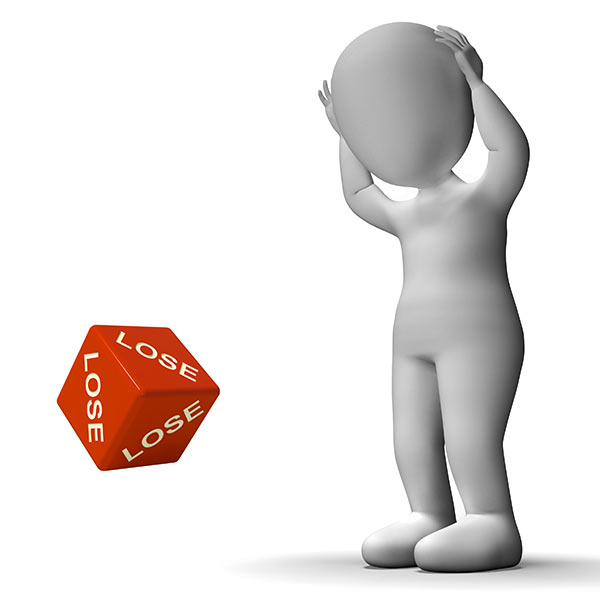5 Simple Ways To Improve Your Next Marketing Campaign
You don’t have to own a Fortune 500 business to run a marketing campaign. Both the small business owner with limited staff and the non-profit hero running on fumes can create one.
To do that, you have to start off changing two things: first, your mindset. Marketing has to be deemed important and non-negotiable.
Secondly, you have to change your approach to marketing. Marketing works best when it’s intentional, purposeful, and strategic. One way of doing that is to divide your marketing into “campaigns.”
A marketing campaign is:
A grouping of similar ideas used together to support an overall common theme. More specifically, a marketing campaign is a series of marketing tactics that work together to market a product or service through the media channels that make sense for that organization.
Think of it as big picture marketing. Stand alone marketing tactics that exist in silos may work on occasion, but sustained marketing success comes about when those tactics are housed inside a marketing plan that’s fueled by targeted marketing campaigns with a specific goal in mind.
The contents of these campaigns should be carefully researched, and the strategies well thought out. The result is a marketing event that delivers the right message at the right time, to the right people, on the right channel.
Chances are, you’re already doing marketing campaigns. You just don’t call them that.
But no matter the terminology, formal or slang, one thing holds true for most of us, we can all be doing them better.
To improve your marketing campaigns:
1. Be clear and concise. Don’t try to do everything in one campaign. Identify what you want to accomplish within a particular campaign and map out what you need to do to get you there.
For example, you may want to increase awareness of a new product or draw attention to your new fundraising campaign. Whatever it is, be very specific on what it is you want to accomplish for this particular set of marketing events, or “campaign.” It will determine what tactics you use and help you develop the appropriate messaging.
2. Create a campaign theme. Theme, not tagline. Campaign themes serve as beacons that guide you down the customer journey. They remind you to keep the customer’s needs and wants front and center as you develop messaging and determine the appropriate media channels to use.
3. Identify your marketing tactics. This is where the rubber meets the road. Ask yourself these questions:
- Where is the audience for what you’re marketing?
- What form of content appeals to their buyer persona?
- If they’re on social media, for example, how will you reach them and get them to engage?
- What are your competitors doing and how is it working for them (and yes, this does matter!)
These are just a few of the questions that you need to know the answers to as you develop promotional and distribution strategies for your campaign.
4. Create compelling copy. Use your campaign theme as your guide to creating imagery and content that is consistent throughout every channel you use to promote your content.
When you distribute your content, be mindful that it will hit people at different stages of the buying process. So that means, you’ll need different creatives and copy with relevant calls to action for each stage of that buyer process.
This is where targeting comes into play, especially for smaller organizations that can’t manage running multiple marketing campaigns at one time.
5. Set a time frame and measure results. Bob Parsons, Founder of Go Daddy, once said, “Anything that is measured and watched, improves.” Marketing campaigns can’t run indefinitely. They must have a beginning and an end.
Although you should be tracking your campaign throughout its life cycle, the conclusion of the campaign will produce the results you’ll need to determine if it was successful.
Don’t be afraid of these numbers, even if they’re horrible. Horrible gives you something to build on, “not knowing” does not. Â Use what you learn to tweak and begin again.
And finally
With each campaign you create, keep this in mind: Your marketing should be designed for your audience – their tastes and preferences. Wrap our branding around messaging that speaks to them but points to you.






